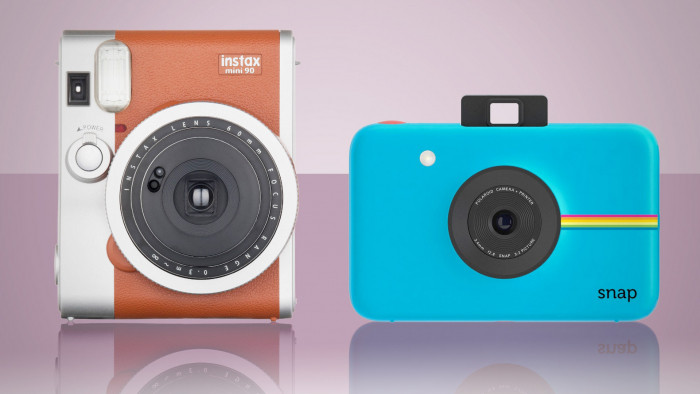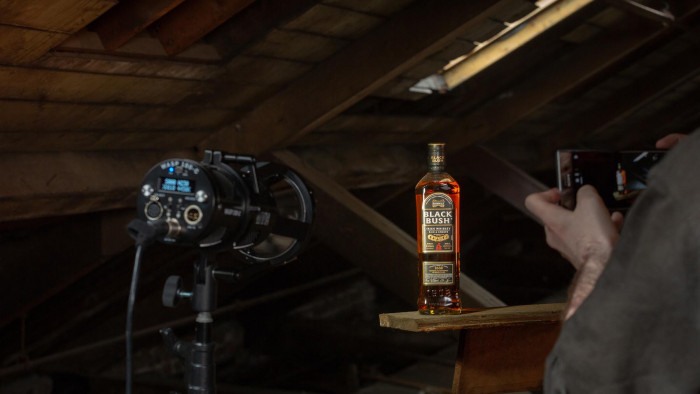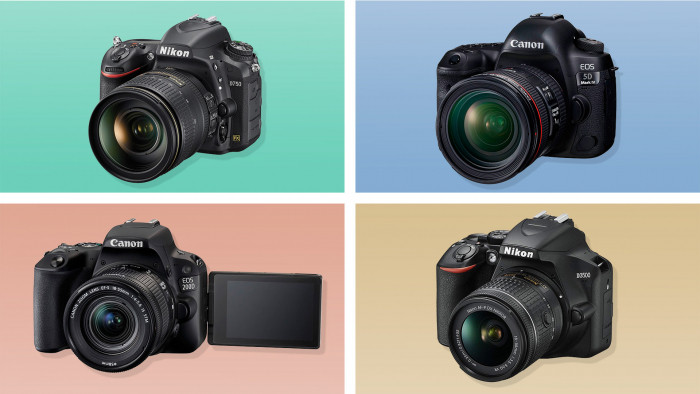The most famous image of Earth is not what it seems
The most famous image of Earth is not what it seems


We've all looked at the famous picture above of the Earth from space (probably more than you realise, as it's also the iPhone's default background image), contemplating how amazing our planet is and how miniscule we really are.
The picture is called Blue Marble - and we're sorry to say your momentary philosophical whims are inspired by a Photoshop lie.
The original image taken by Apollo 17 was the most accurate, hi-resolution photo of the Earth ever, but the NASA Blue Marble pic isn't a real photograph. It's a composite of numerous images layered on top of each other.
Created by Robert Simmon, the Photoshop whiz used a 43,200-pixel by 21,600-pixel map of the Earth stitched together by Reto Stöckli. Stöckli used about ten thousand 300-megabyte satellite scenes captured by the Terra satellite over a period of 100 days. But his image was just clean land and sea, having removed all the clouds.
Simmons decided to add more details to make it more realistic, adding texture and ice to the water which he based on NASA's data on chlorophyll levels.
Then came the weather, creating a "map of clouds stitched together from 200 satellite scenes" as well as a topographic map to add elevation to our planet's land masses.

Using 3D software (the same used in the space battle scenes in the Star Wars trilogy remake) he started to pull it all together.
After mapping the images onto spheres, he adjusted them in Photoshop by "tweaking and re-tweaking transparency, layer masks, hue, saturation, gaussian blur, and curves to get an image that looked like the picture I had in my head."
And so one of the most famous images in the world was born of computer wizardry. And now we're having an existential crisis.








